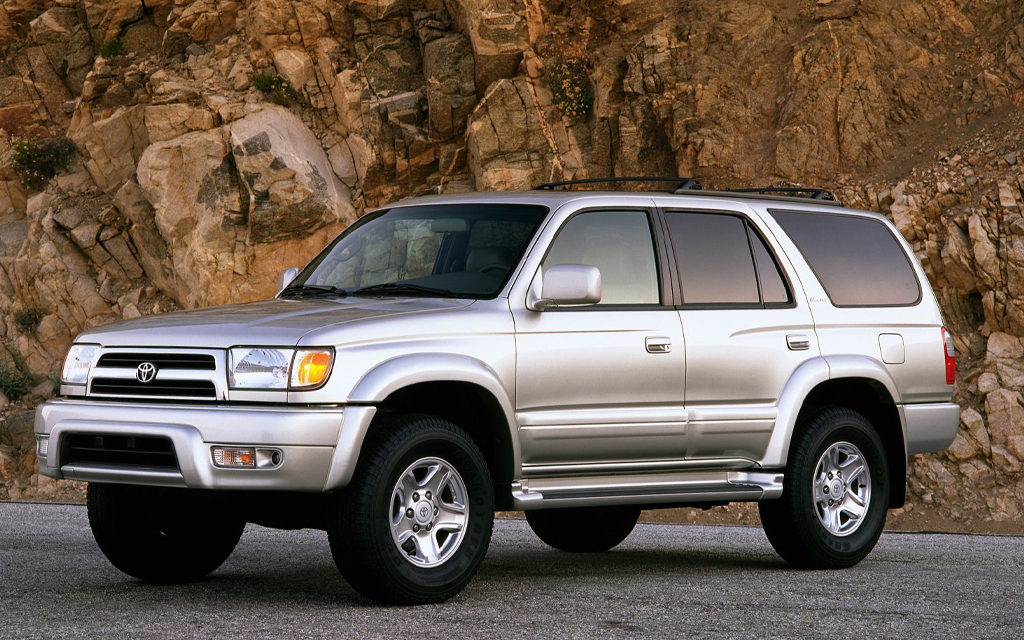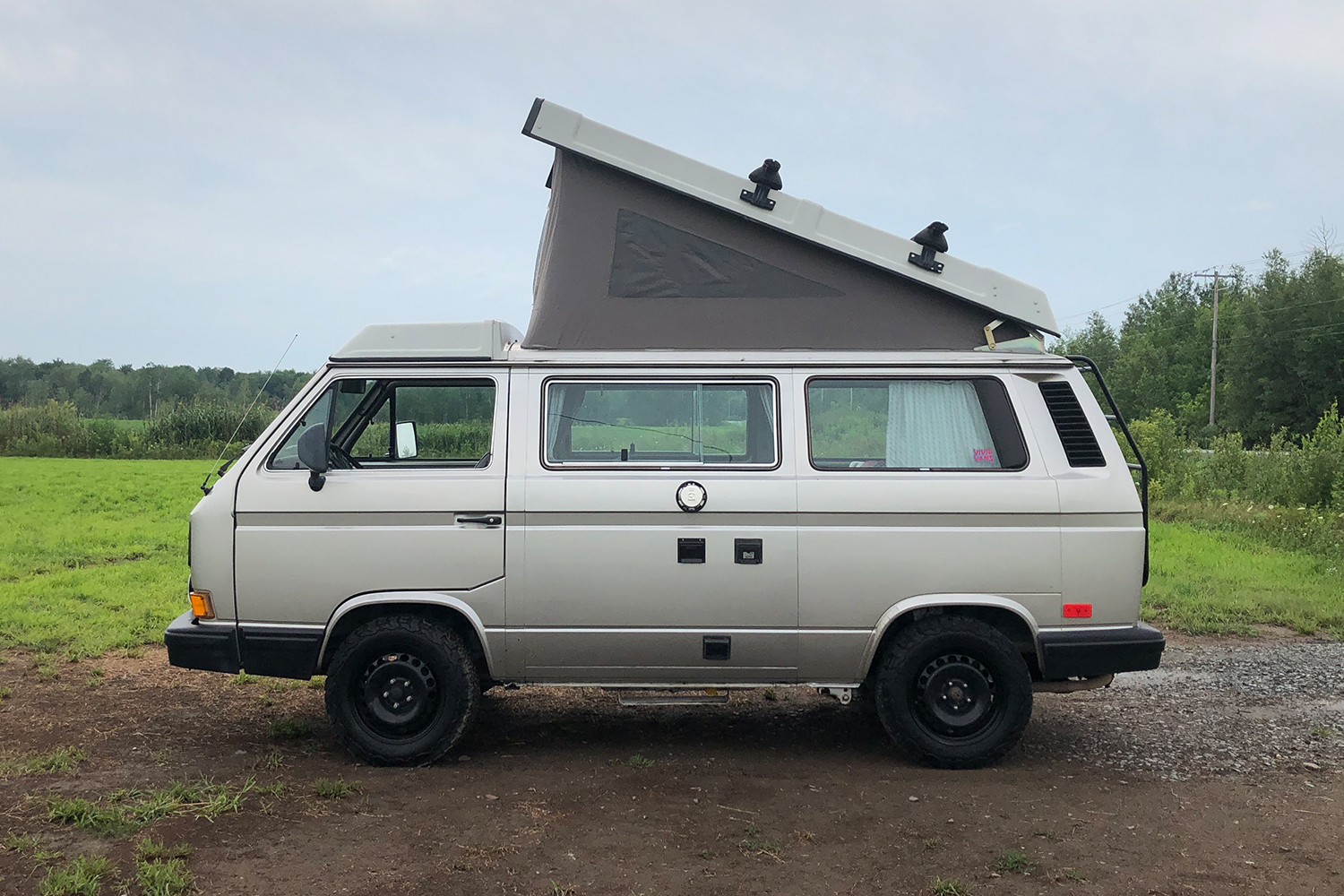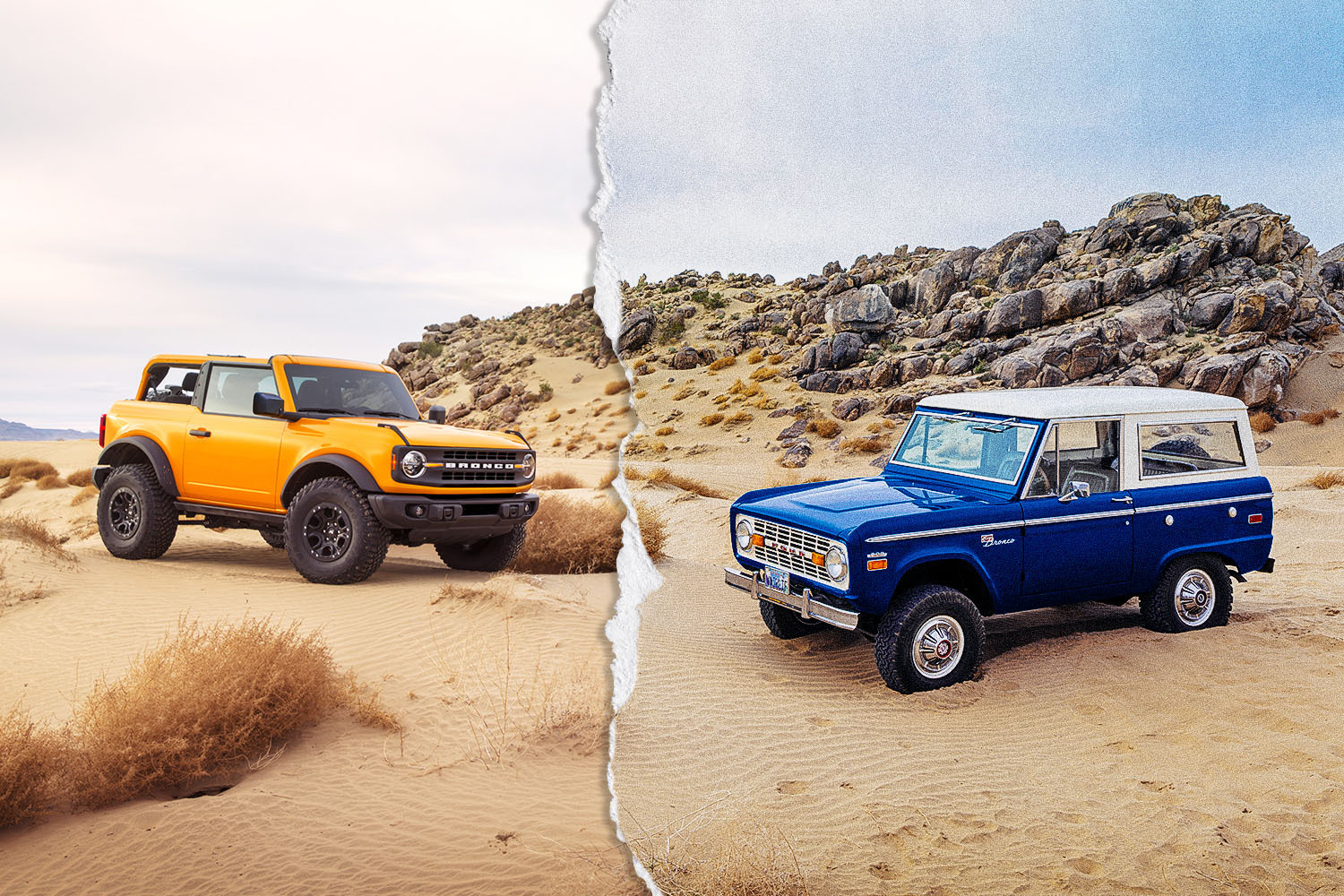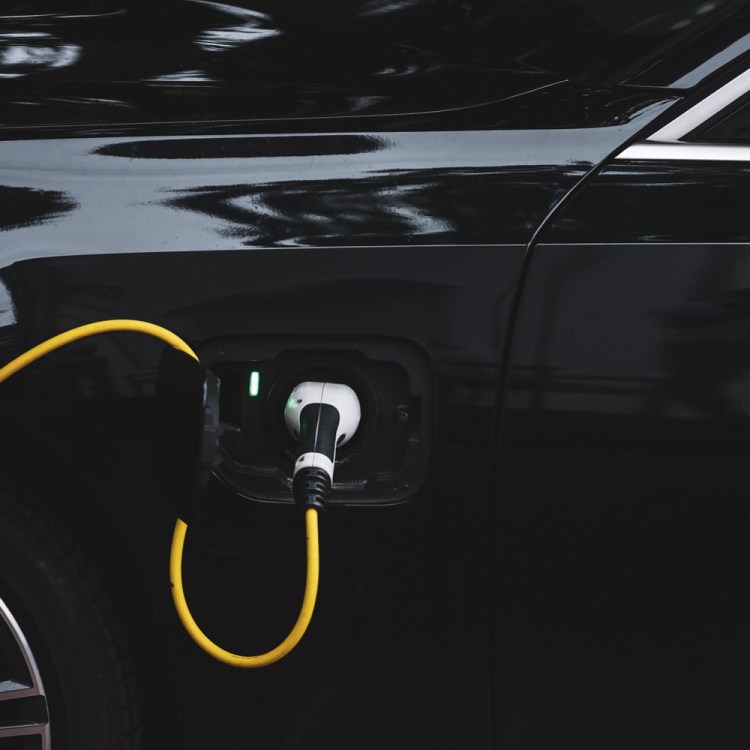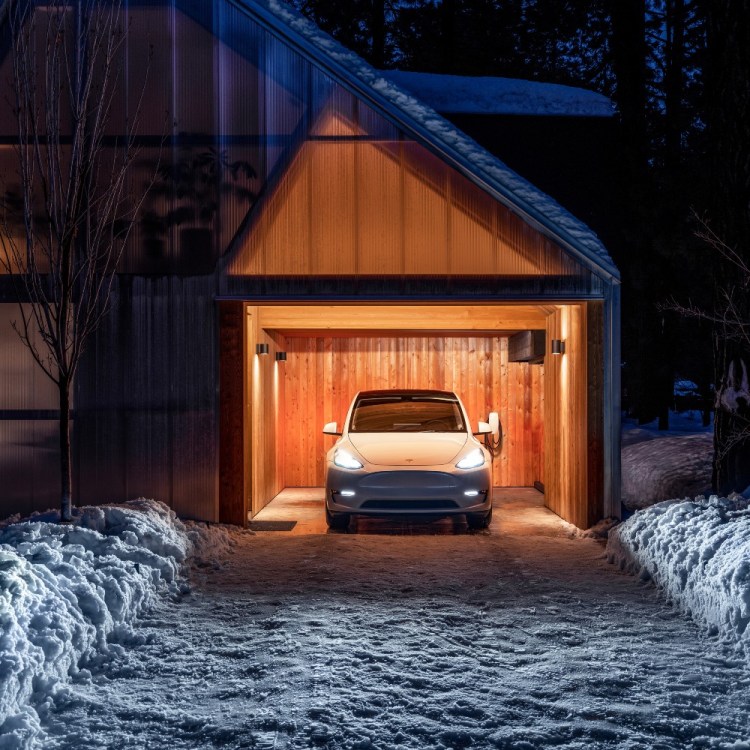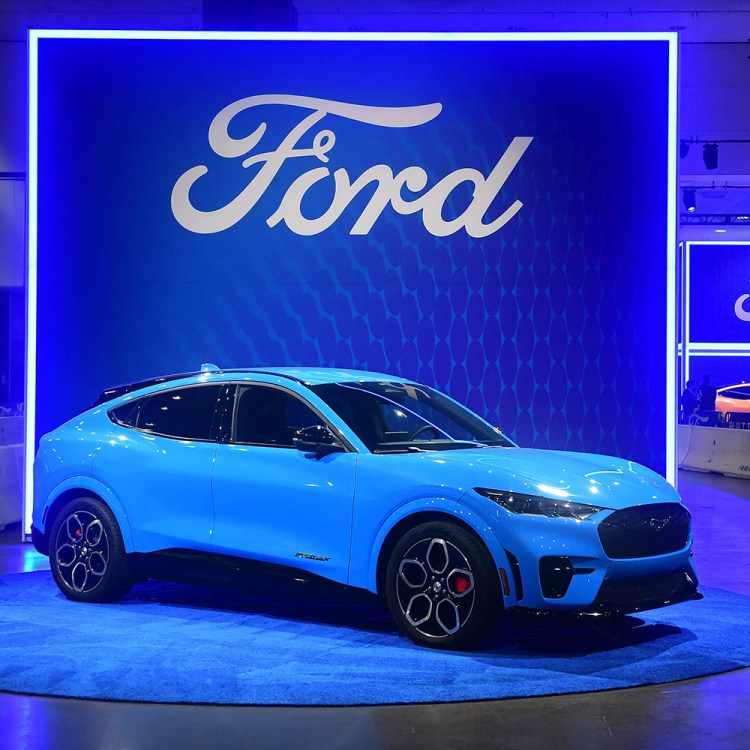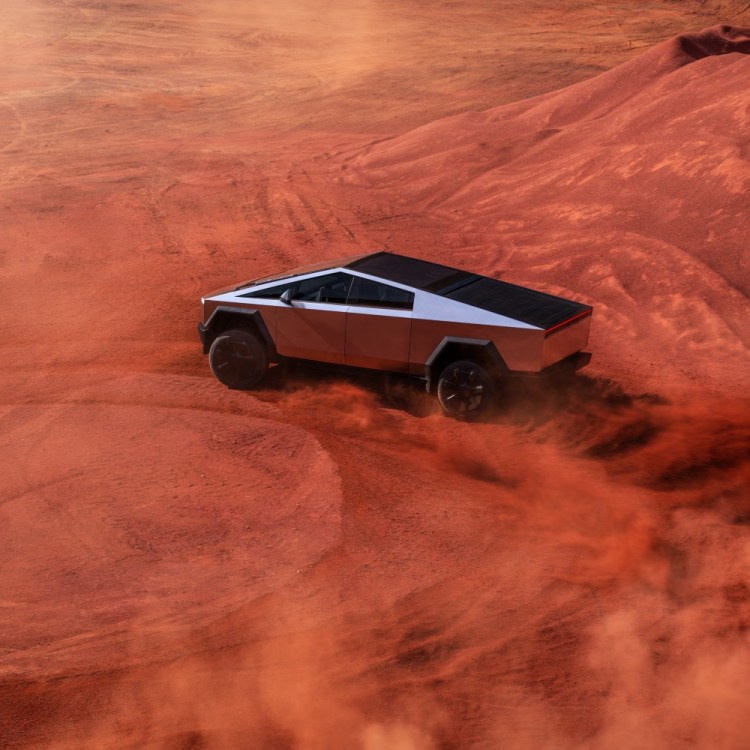The walls of my childhood bedroom were decorated with a series of posters that ran the gamut of New York sports, Frat Pack comedies and cars. Unlike the automotive posters one might anticipate of the era, though, my room didn’t feature a tuned Supra or a first-generation M3. Instead, I flaunted pictures of iconic, rough-and-ready SUVs.
Though years have passed between now and then, I remain connected to the golden age of sport-utes thanks to my 1999 Toyota 4Runner. It still drives like a boat, shifts into 4Lo and draws a Toyota enthusiast’s eye after 21 years on the road. And it remains one of the best gear investments I’ve ever made.
Introduced in 1984 as a modification of the Hilux pickup, the first-generation 4Runner didn’t really know what it was. Like Frankenstein’s monster, Toyota cobbled together parts, adding a fiberglass shell to cover the bed, throwing a couple of seats in the rear and enticing the public with what would become a signature retractable window.
The second generation, unveiled in 1989, equipped the 4Runner with four doors and a solid metal shell. Toyota began presenting options like ABS and a sunroof to compete with popular rivals like the Ford Explorer and Jeep Grand Cherokee, but it wasn’t until 1996 that Toyota got it right, with a third-generation 4Runner that became an SUV all its own.
A complete redesign of the body and chassis broke the 4Runner free from the pickup frame it adopted for decades. A lift-up tailgate, running boards, cushy seats and a retuned suspension transformed the car into one that was worthy of the open road. It was longer, roomier, safer and available with two engine options (a standard 150 horsepower 2.7-liter four-cylinder or an optional 183 hp 3.4-liter V6).
Despite a slew of luxury upgrades and tweaks, however, the 4Runner remained the same vehicle at its core. The inline motor was sluggish but capable and more than happy to surpass 200,000 miles, and a broken part was easy to replace and didn’t require a trip to a certified mechanic. But while plenty of yesteryear’s cars remain beloved for their mechanical simplicity, the third-gen 4Runner has particular charms suited to gearheads, adventurers and DIY enthusiasts, something that became abundantly clear once I got my hands on one.
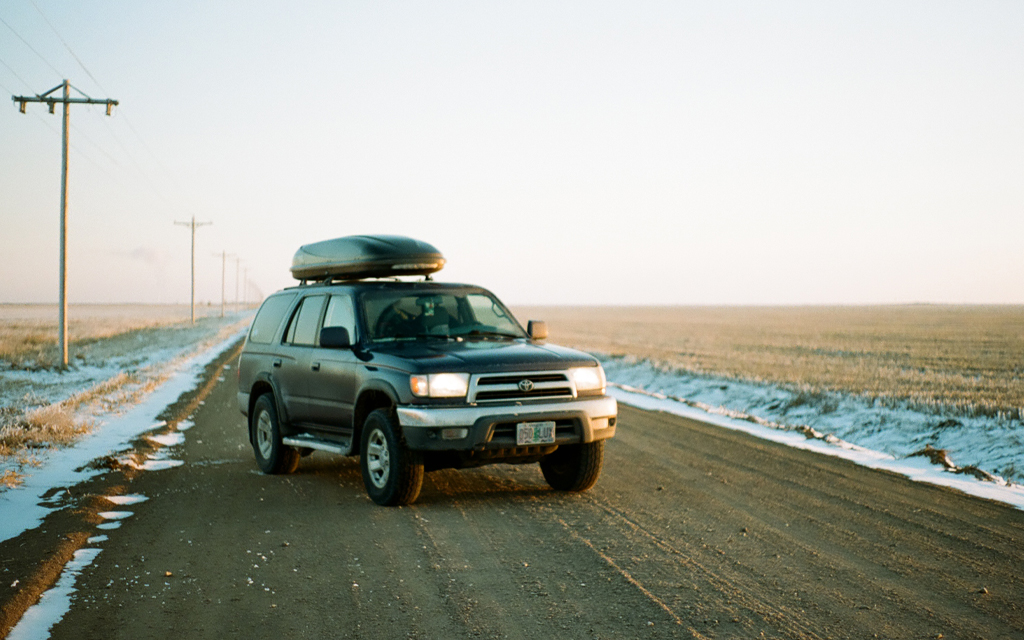
How I Found My 4Runner
After moving to the Pacific Northwest in 2017, I needed a vehicle to replace my ’06 Honda Accord that could support a more active lifestyle. I wanted to camp in the backcountry, play on the snowy peaks, haul gear and head to work in the same week. But at the time I was a broke twenty-something kid out of college who saved money by drinking a PBR for dinner every now and then. Rather than spend everything I saved on something fresh off the lot, I started searching for the reliable vehicles of old, the same ones that hung from my bedroom walls so long ago.
To my surprise, a third-generation 4Runner holds its value like no other. The current average cost to own one is nearly $15 grand, not to mention any listing from the late ‘90s is either overvalued or off the market in a matter of days. After a few months of searching online and driving a few lemons, I threw in the towel with the understanding that, in order to own a 4Runner, I needed to spend money I didn’t have.
Unbeknownst to me, a friend in town was listening when I told him I loved these old cars. He too was a passionate collector with a third-gen of his own, but he preferred the original 4Runner with the removable top. After finding a first-gen in decent condition, he reached out to see if I had any interest in his ‘99 4Runner Limited. It came with 170,000 miles, part-time 4WD, a fading coat of purple paint and a deal so good that only an idiot would refuse. I didn’t need much more convincing.

Going Where Other SUVs Can’t Go
I started using my 4Runner over the long-forgotten roads of Mount Hood National Forest, shifting between 4WD Hi and Lo as I cringed at every bump. The rear became a bed for my partner and I as we sought dispersed campsites beyond Bend in search of the truest solitude. And several months later, with a roof box on top, I fit my entire life in this SUV as I relocated across the country.
This little trooper, named Juniper after the iconic tree of the Sierras, has a character all its own. It’s slow, it’s loud, the sunroof leaks when driving at high speeds through the rain, and it blows through gas at the rate of a gallon every 18 miles. But the best part is that nothing stops it. Not whiteout snowstorms in Colorado, not sub-zero temperatures in Kansas, not rocks, not mud, not even the Subaru owners that spin out because they’ve never driven in snow.
As with so many of our most beloved pieces of gear, this ‘99 4Runner can do almost anything I need it to. I don’t care about where it falls short, because it excels at what it’s good at and does so without complaint. It isn’t shiny, it isn’t new and that doesn’t matter.
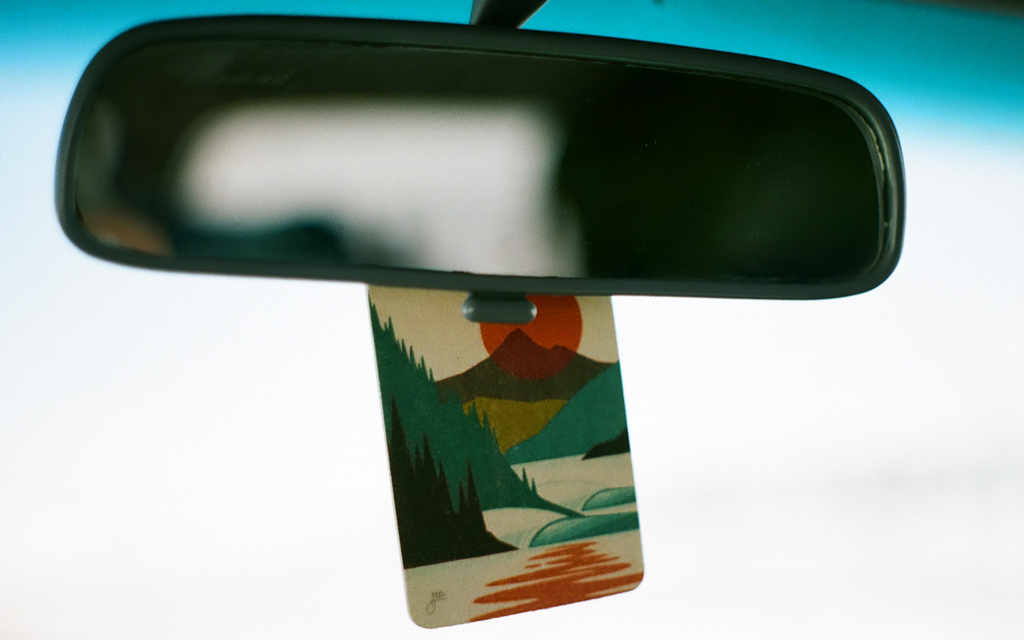
When a Truck Becomes a Tool
These days, I get my hands on a lot of the latest gear. What sounds like a child’s dream come true — testing and reviewing everything from backpack coolers to EDC blades — is actually a lesson in longevity. From knives to packs, it’s often true that the products of today aren’t built to last like they once were.
That reality forces me to hunt for gear that you probably need to buy only once. I’m seeking the Leathermans of the world, the Darn Tough socks that are backed by a world-class warranty. And my truck is no exception.
I need this vehicle in order to do what I love. But I also need the reliability that comes with it. Like a tool that won’t quit, my car has become the thing I rely upon whether I’m carrying my friends or my gear to the places I enjoy. If it breaks, I maintain the right to fix it — a slap in the face to modern products we’re not allowed to repair — or add modifications as I see fit. Like my favorite tools, it hasn’t failed me once.
Yet, a day will come when this 4Runner calls it quits. I’ll throw the key in the ignition, give it a turn and sit there as the starter grinds to no avail. Then I’ll retire the old gal to a passionate buyer online who actually has the time and energy to fix it, only after weighing all my options and exhausting every resource. I think of that day often, if only because I dread its certain arrival.
Though I remain unsure of how long this truck will keep chugging, I’m sure of what will happen when it kicks the can. I’ll boot up the old PC, head to Craigslist and begin my search for the next 4Runner. Battling fellow buyers, tricky sellers and deals that dissolve in the blink of an eye, I’ll find one, too. I can assure you it won’t be new, but it will work year over year, propelling me towards my next adventure at a leisurely pace.
That’s the best investment I could ever make.
This article was featured in the InsideHook newsletter. Sign up now.
